Best mountain bike seatposts: our pick of rigid mountain bike seatposts
For those looking for ultimate lightweight and reliability, rigid seatposts are the go-to option. Here is Bike Perfect's round-up of the best mountain bike seatposts

There are only a few times you’re likely to think about your seatpost: when you initially build your bike, and if/when it breaks. While dropper posts are becoming increasingly popular, a standard rigid-style post is the best mountain bike seatpost option.
Cross-country races are still won on the climbs, and the fewer grams you have to lug up the hill with you, the better. Not only will the right seatpost potentially offer a smoother ride, but it can also help you achieve a better bike fit and shed grams, too.
The rise of bikepacking has also increased the demand for solid posts, covering long distances on moderate terrain means there is little need to drop the saddle out the way and reduce the number of parts that can go wrong, the last thing you want is a seatpost that won't stay up in the middle of a multi-day expedition. Plus a rigid mountain bike seatpost makes attaching bikepacking bags much simpler as there is no risk of stanchion damage.
The best mountain bike seatposts
Why trust BikePerfect
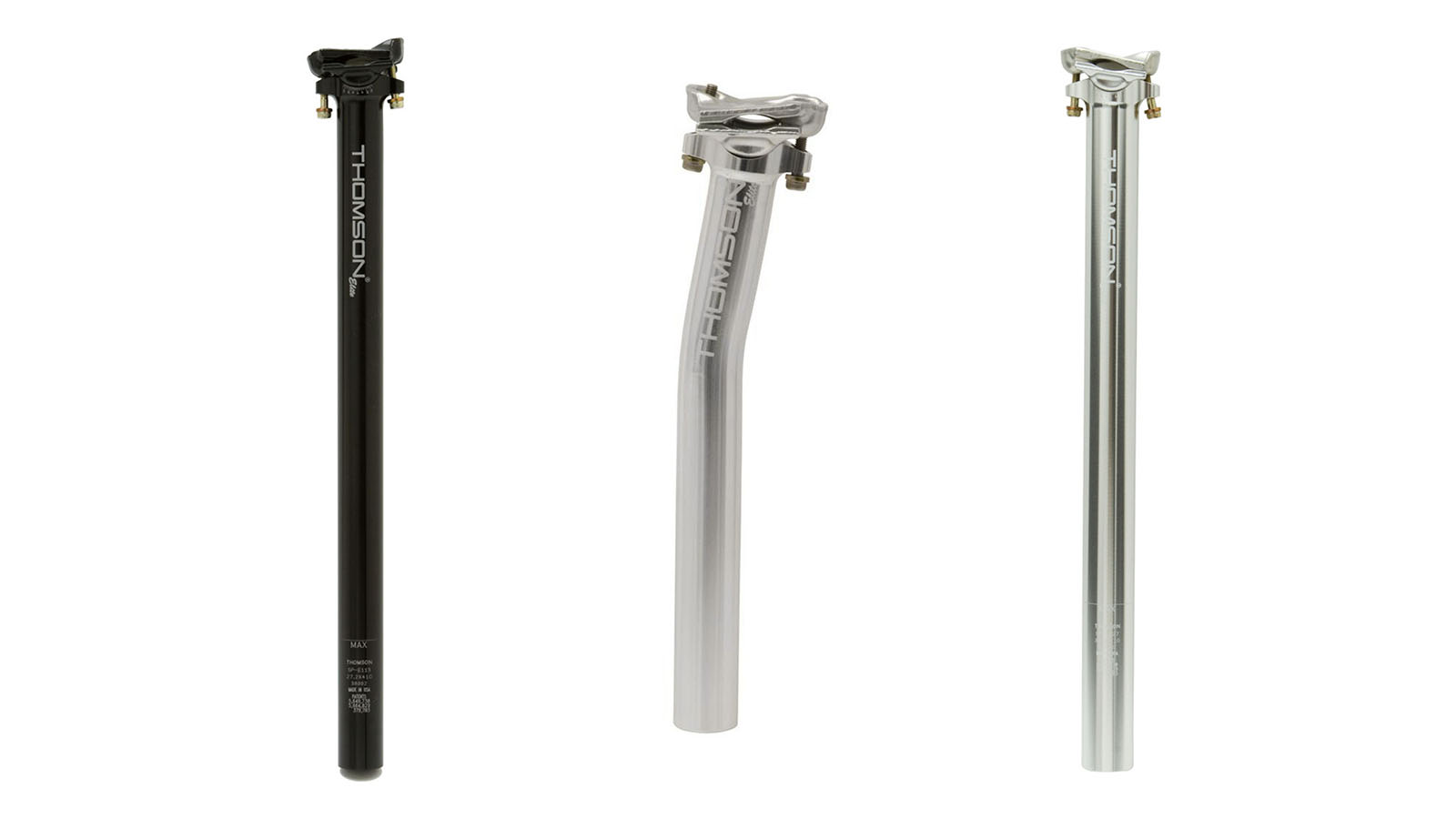
Thomson Elite
Specifications
Reasons to buy
Reasons to avoid
Thomson's Elite seatpost has long been considered the gold standard of adjustability, strength and performance when it comes to supporting your seating arrangements.
Made from a single piece of machine 7000-series aluminum, it weighs about 200g depending on the size and diameter. Speaking of size and diameter, Thomson offers the post in a wide range of diameters from 25mm to 32.4mm, and it's available in 250mm, 330mm, 367mm, and 410mm lengths. Plus, you can get a straight seatpost or one with 25mm of layback.
Thomson claims that the Elite is 40 percent stronger than seatposts from other brands. To make it stronger, they use a bending fuse to prevent catastrophic failure. To top things off, the head uses a sleek 2-bolt design to securely attach to the saddle.
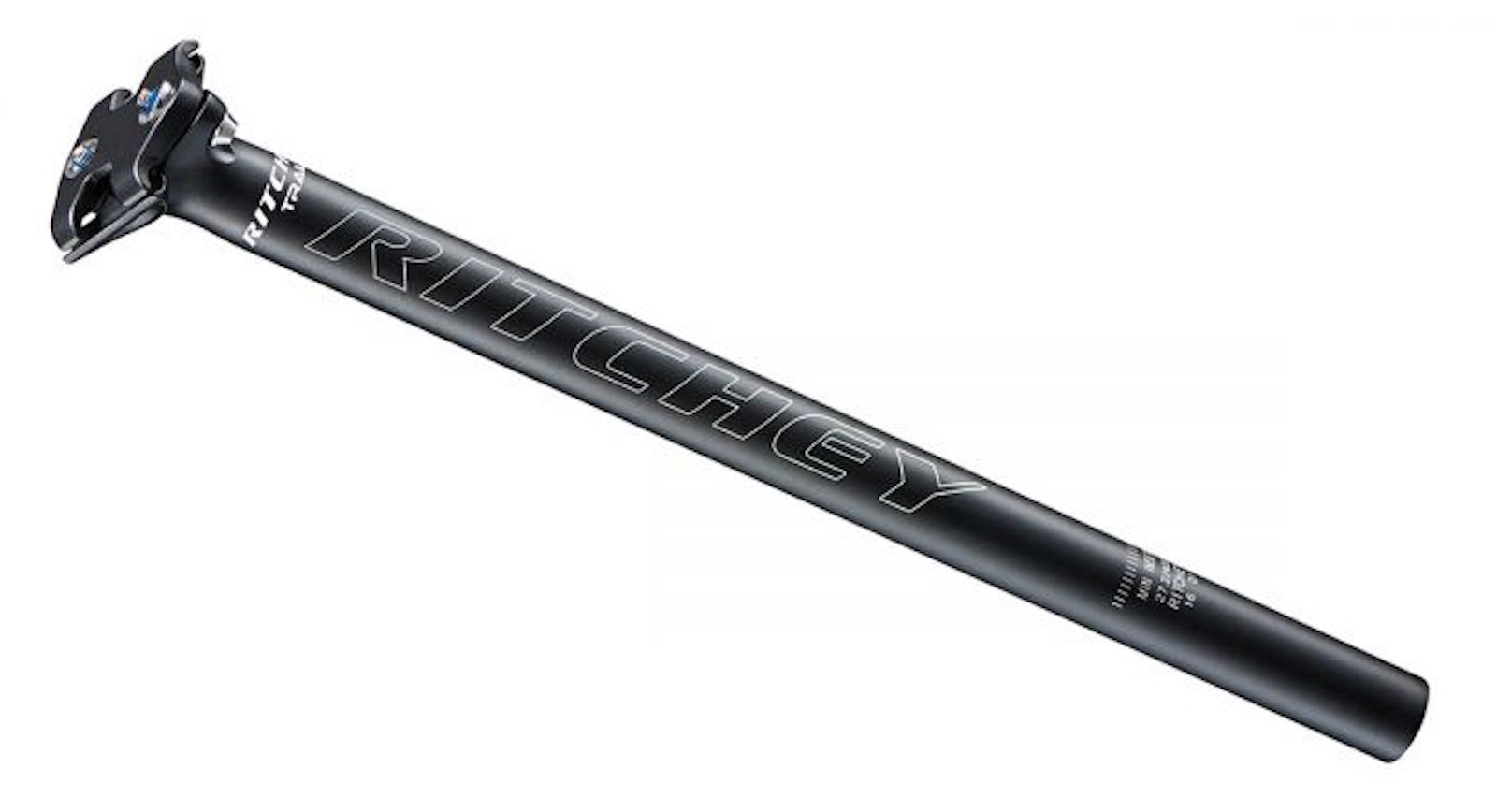
Ritchey Comp Zero
Specifications
Reasons to buy
Reasons to avoid
Ritchey's Comp Zero seatpost is made from 6061 aluminum and is topped with a low-profile clamp that's easy on lightweight seat rails. Instead of the clamp bolts being situated on the front and back, each rail gets its own bolt for the greatest contact area with the saddle for maximum hold.
This post has zero setback, hence the name, making it a simple post that you can set and forget. Some riders may want a post with setback to get the correct bike fit, but others might prefer this one with zero setback.
The post is claimed to weigh 290g and comes in 27.2, 30.9 and 31.6mm diameters, and a 400mm length (100mm minimum insertion). If you want your bike to look really classic then you can get the shiny silver option.
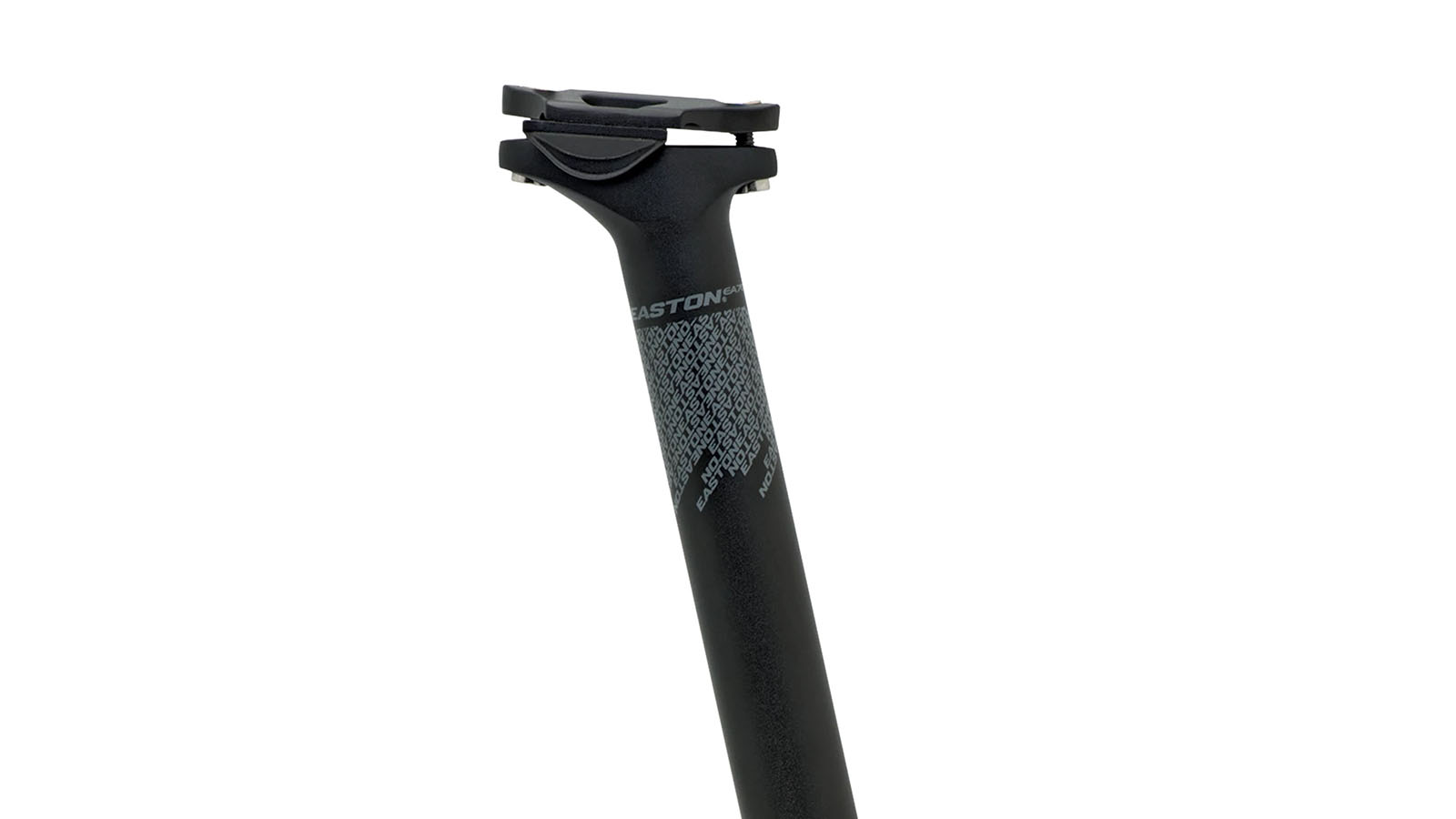
Easton EA70
Specifications
Reasons to buy
Reasons to avoid
Slotting in as Easton's mid-range aluminum seatpost, the EC70 gets a low-profile clamp design and is made from the brand’s TaperWall tubing.
Previous versions had durability issues with the clamping mechanisms, but luckily Easton has updated the design to a forged dual-bolt clamp. The new black anodized post is ready to support your saddles for hours on end without draining your bank account. This post is only available in a couple of sizes, however, if it fits your bike, then it's a solid choice.
If you want to spend a bit more money and get more adjustability, Easton's EA90 ISA seatpost comes with a different head clamp design that allows you to adjust your saddle angle and fore-aft position independently to find the best fit.

Race Face Next SL
Specifications
Reasons to buy
Reasons to avoid
The RaceFace Next SL is a carbon seatpost that features an innovative head design that should satisfy most XC riders.
With its 2-bolt head design that features angled bolts for easy tool access, the thumbscrew tightening system makes dialing saddle angle a considerably less expletive-inducing process.
Plus, the saddle angle is adjustable from 6-degrees up to 12-degrees down so you can find the perfect bike fit.
Only available as a straight post, the Next SL is finished in 3k carbon and comes with a rubber grommet to prevent water and mud from finding its way into your seat tube.
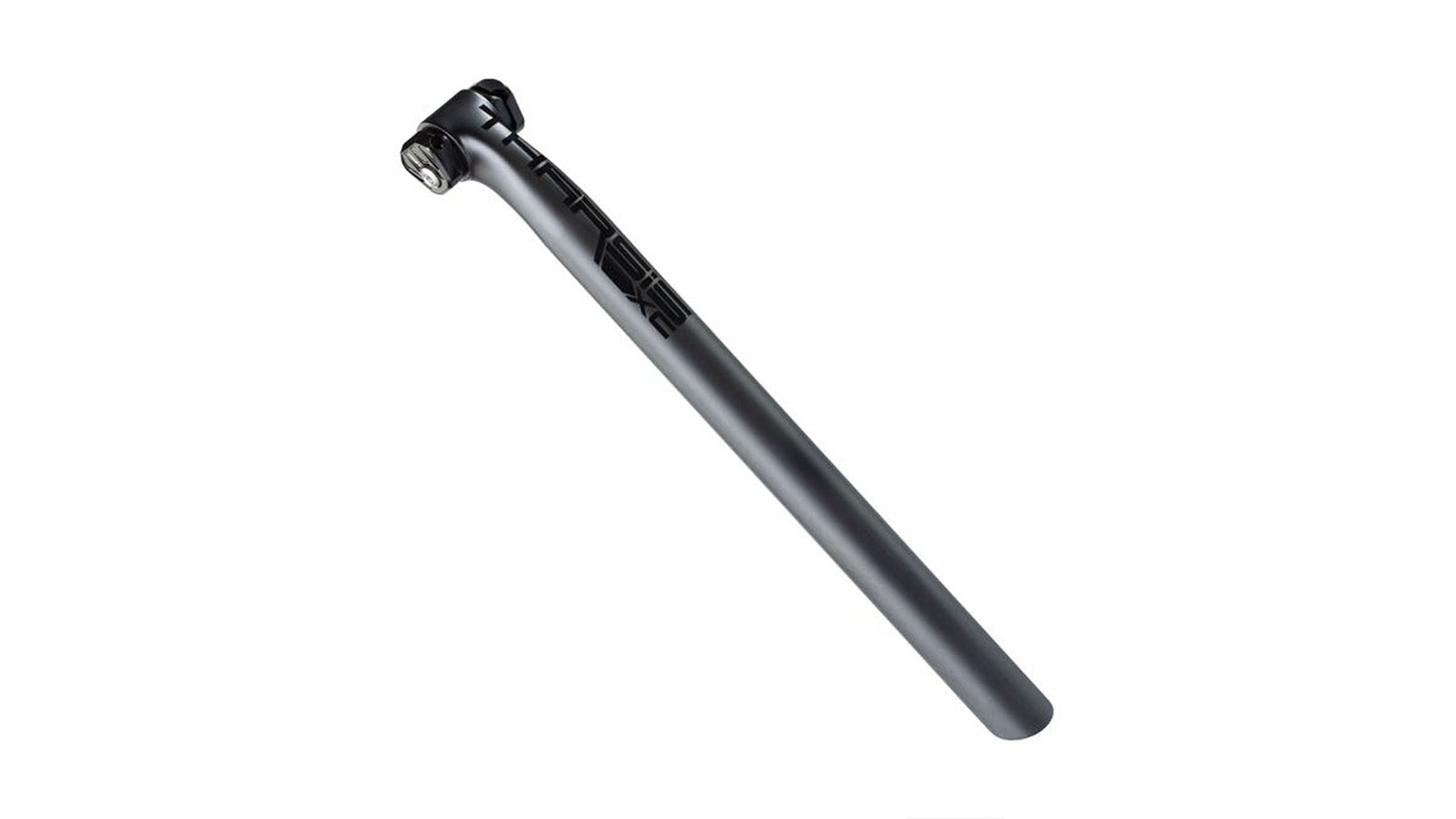
Pro Tharsis XC
Specifications
Reasons to buy
Reasons to avoid
Just because the Pro Tharsis carbon seatpost has XC in the name doesn’t mean that it’s reserved for lightweight cross-country bikes. While the T-8000 carbon post is feathery enough to please XC whippets, the Tharsis is strong enough for trail riding if a dropper isn’t really your thing.
The single-bolt clamp offers a no-slip grip on saddle rails and provides for easy adjustment and tool access. And for those running XTR or XT Di2, it will hang onto your battery.
The post is offered in three different diameters, 20mm or 0mm offset, and just one 400mm length, however that will be long enough for most riders.
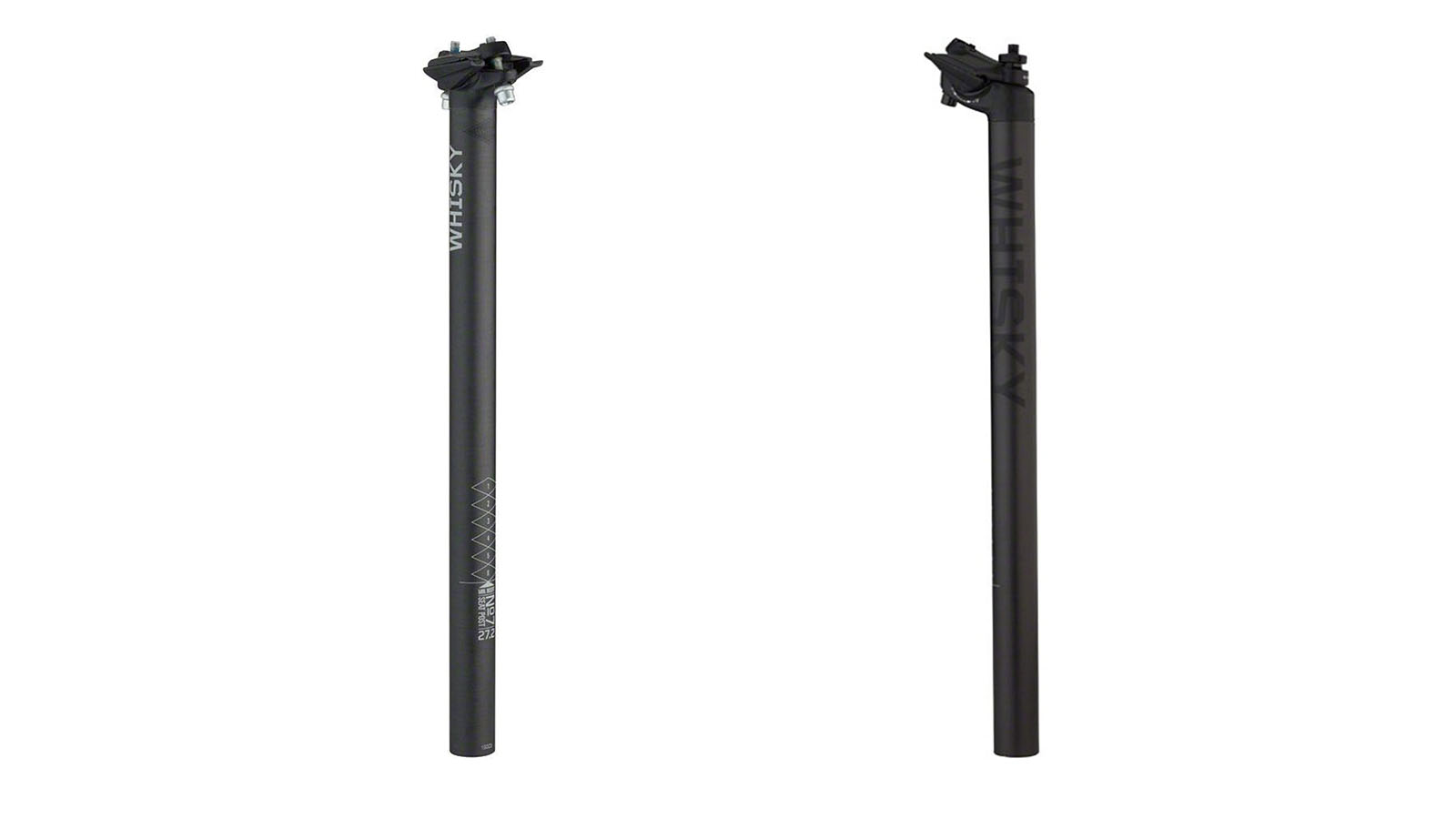
Whisky 7 Carbon
Specifications
Reasons to buy
Reasons to avoid
Like a shot of 30-year single malt, the Whisky 7 post is smooth. The unidirectional carbon seatpost absorbs trail chatter, and it's abundantly stiff so no energy is lost to unwanted flexing or twisting.
At just under $100, this is an affordable carbon post that's even cheaper than some brand's aluminum models. The carbon adds stiffness and vibration damping, however, you can find carbon posts that are lighter than this one.
The post is available in different sizes and offsets, so chances are you can find one that fits your bike and body. The only length available is 400mm.
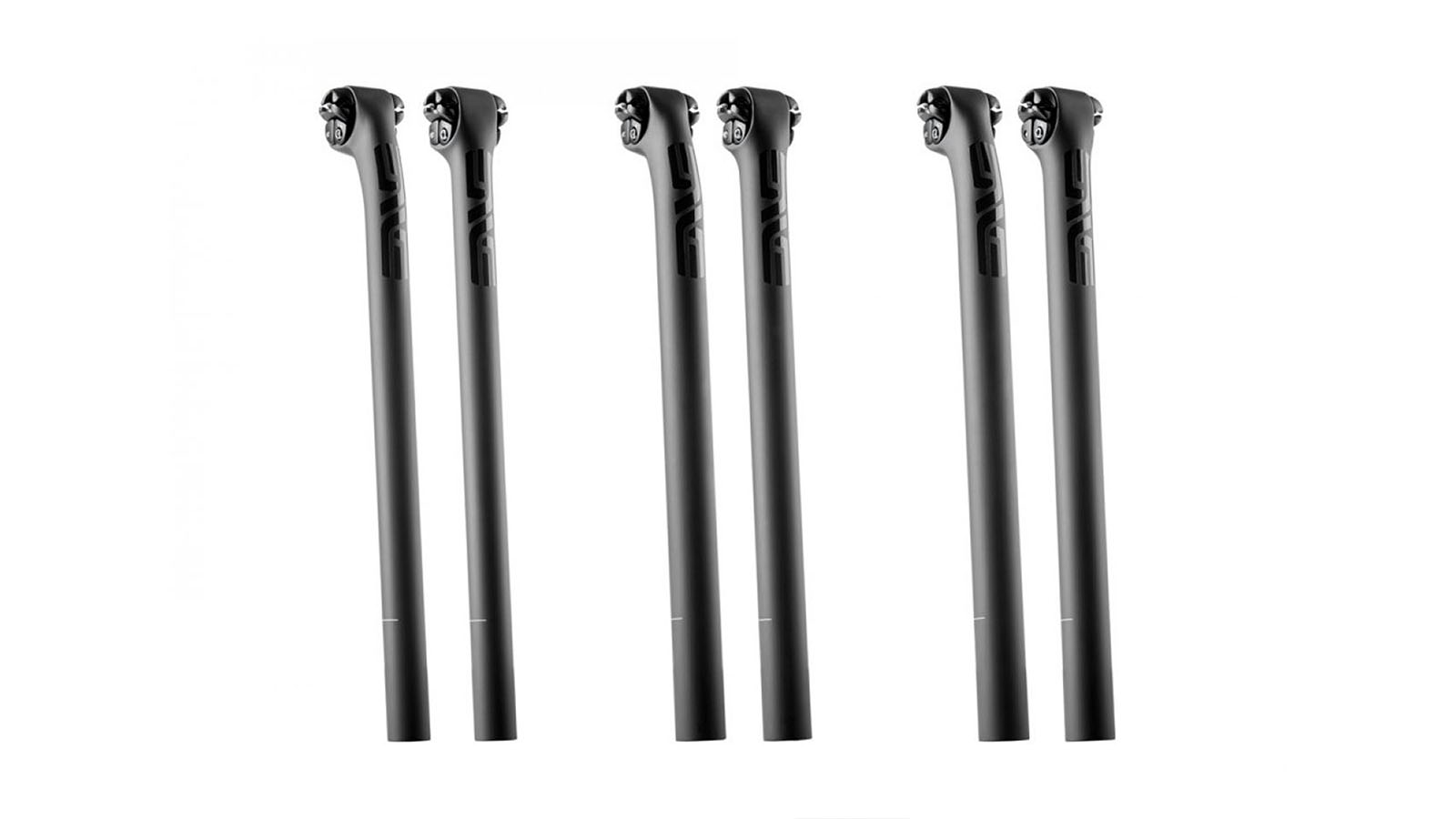
Enve Carbon Seatpost
Specifications
Reasons to buy
Reasons to avoid
With their carbon wheels, Enve has proven that they know how to design and manufacture quality carbon components, and this seatpost is no different.
At 400mm in length, the Enve Seatpost is available in 0mm and 25mm offset versions. While quite a few carbon posts see a metal clamp head bonded on the top, the ENVE post is carbon through and through.
Weighing in at just over 200g, this is a great lightweight option. There are two offset options and four different diameter sizes.
This lightweight carbon seatpost comes at a premium though, selling for a RRP of $275.00.
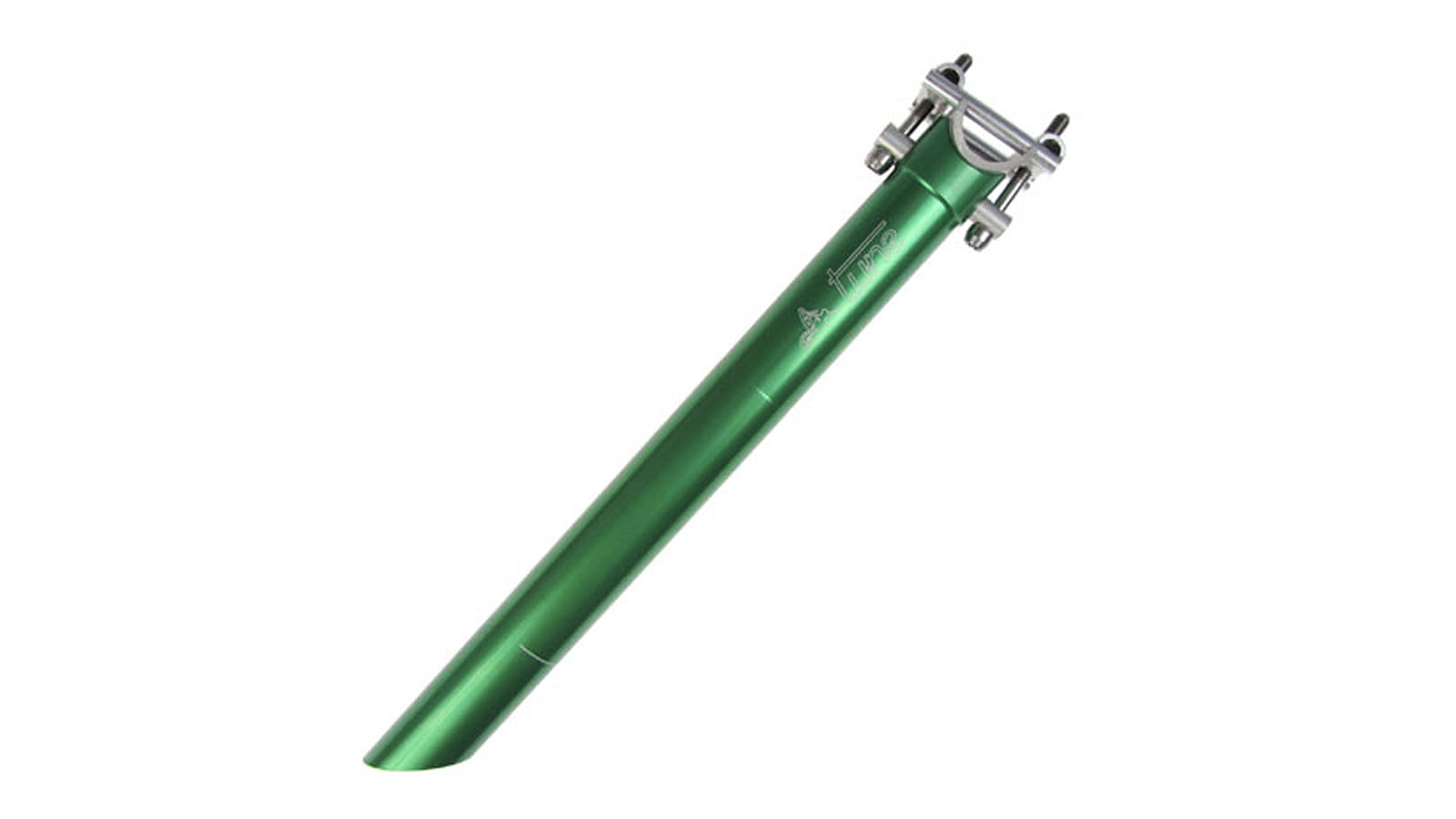
Tune Starkes Stück
Specifications
Reasons to buy
Reasons to avoid
If you are looking for a lightweight seatpost that's available in seven different colors to perfectly match your bike, then this is the post for you.
German outfit Tune is best known for its crazy light components, and they have proven that an aluminum seatpost can be crazy lightweight too. Made from CNC milled 7075 aluminum, this 0mm offset post is available in two different diameters, two different lengths, and plenty of unique colors.
Weights start at 175g depending on the size that you get. The one flaw here is that the seat rail clamp design is a bit confusing.

Salsa Guide Carbon
Specifications
Reasons to buy
Reasons to avoid
Salsa Cycles' Guide Carbon seatpost is a durable carbon post option that comes at a fair price.
There are multiple diameter options available, and riders have the choice between 350mm and 400mm lengths. In addition, there is the option for 0mm or 18mm offsets.
The post is made from carbon and uses a 2-bolt head clamp design like most posts on this list. Carbon will make your seatpost more durable and help with vibration dampening. Considering that this post costs around $100, it's a great deal since carbon posts can retail for much more than that.
Best mountain bike seatposts: everything you need to know
1. Size
The most common seatpost diameters are 27.2mm, 30.9, 31.6 and 34.9mm - which one you need will be determined by your frame of choice. Only steel frames and a shrinking number of XC bikes will accept the 27.2mm posts. A thinner diameter seatpost will inherently have more flex and will likely make for a slightly more comfortable ride however, a wider or 'oversized' post is less likely to break and will add stiffness for optimal power transfer.
If you're after a skinny post, and your frame is designed around one of the bigger standards, there are shims available, but make sure you apply a layer of grease if it's metal-on-metal to prevent everything from bonding together.
Your frame will also determine the maximum seatpost length. With contemporary mountain bike geometry becoming lower, longer and slacker, the result has culminated in longer seatposts. While hardtails don't often have insertion issues, full-suspension frames may have pivots in the seat tube which limit how far down a seatpost can go. Luckily, unlike droppers, rigid seatposts can be cut to length.
2. Material
Like handlebars, frames and wheels, the best mountain bike seatposts come in a variety of materials - the most common being aluminum and carbon fiber. However, you can find boutique versions made from materials such as titanium. As always, carbon commands a higher price tag, usually weighs less and dampens more vibration but also tends to break more often.
3. Setback and Layback
While they may sound like the same thing, layback and setback are two separate measures. Layback seatposts have a bend near the top of the post, while set back is the degree at which the seat clamp sits behind the top of a straight seatpost.
4. Dropper posts
Dropper posts are increasingly popular because they allow you to climb with a full-height post, and also move it out of the way when you’re descending. Overall, they are becoming more reliable, and with the advent of 1x drivetrains, the gear shift style remotes allow for effortless operation.
If you're thinking of upgrading to a dropper post, check out our guide to the best dropper posts.
5. Saddle rail clamp
Most mountain bike saddles use a two-rail system, however not all two-rail saddles are compatible with all seatposts. Saddles with alloy rails will have 7mm, round rails, while most carbon-railed saddles see 7 x 9mm oval rails.
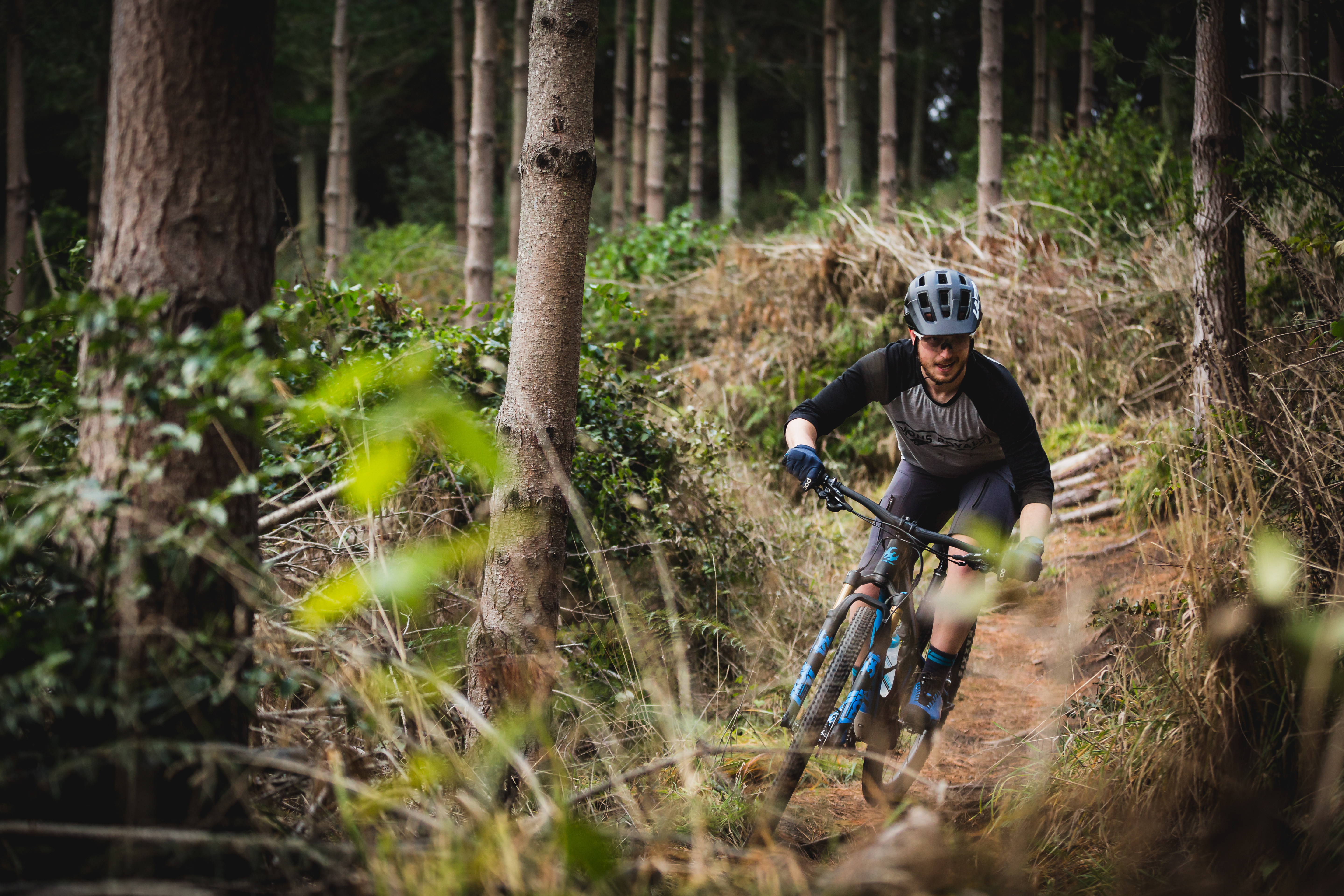
Born and bred in Colorado, and now based in Australia, Colin comes from a ski racing background and started riding as a way to stay fit through the summer months. His father, a former European pro, convinced him to join the Colorado State University collegiate cycling team, and he hasn't stopped since. It's not often he pins on a number nowadays, and you'll likely find him in search of flowy singletrack, gravel roads and hairpin corners. Colin has worked at Bikeradar and is a regular contributor to Australian Mountain Bike and Cyclist magazines.
Rides: BMC Team Machine SLR01, Trek Top Fuel 9, Ibis Ripley
